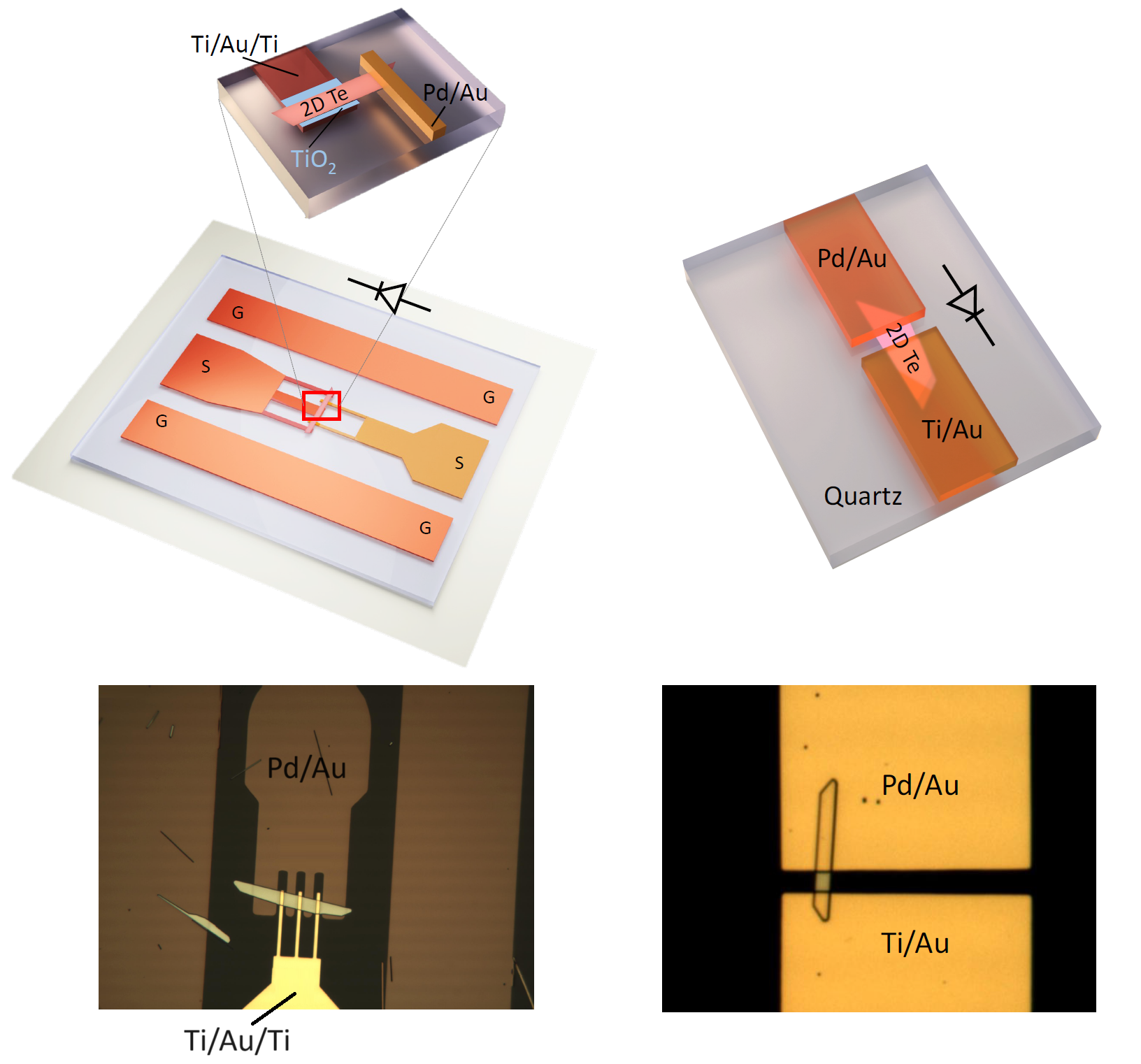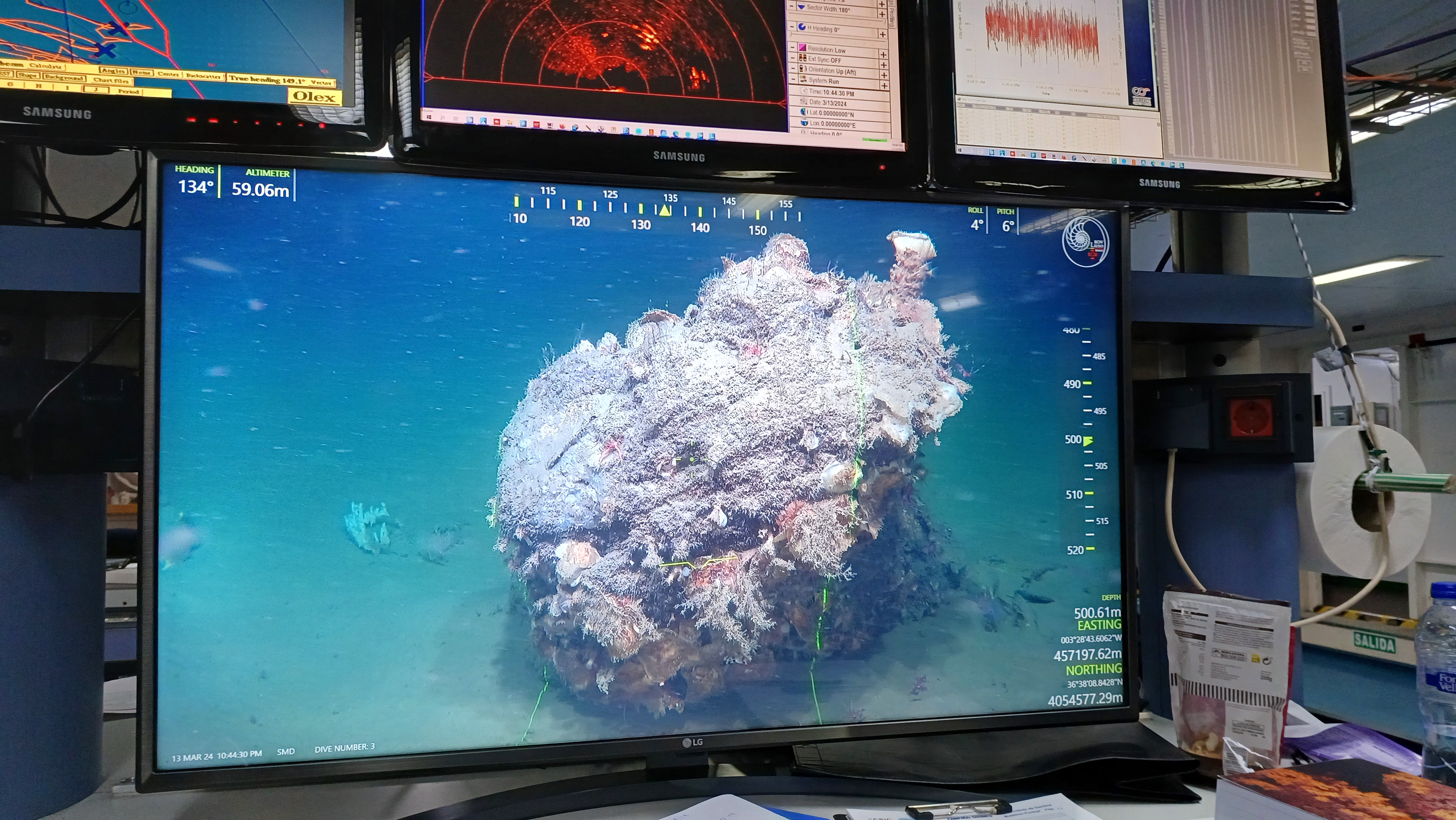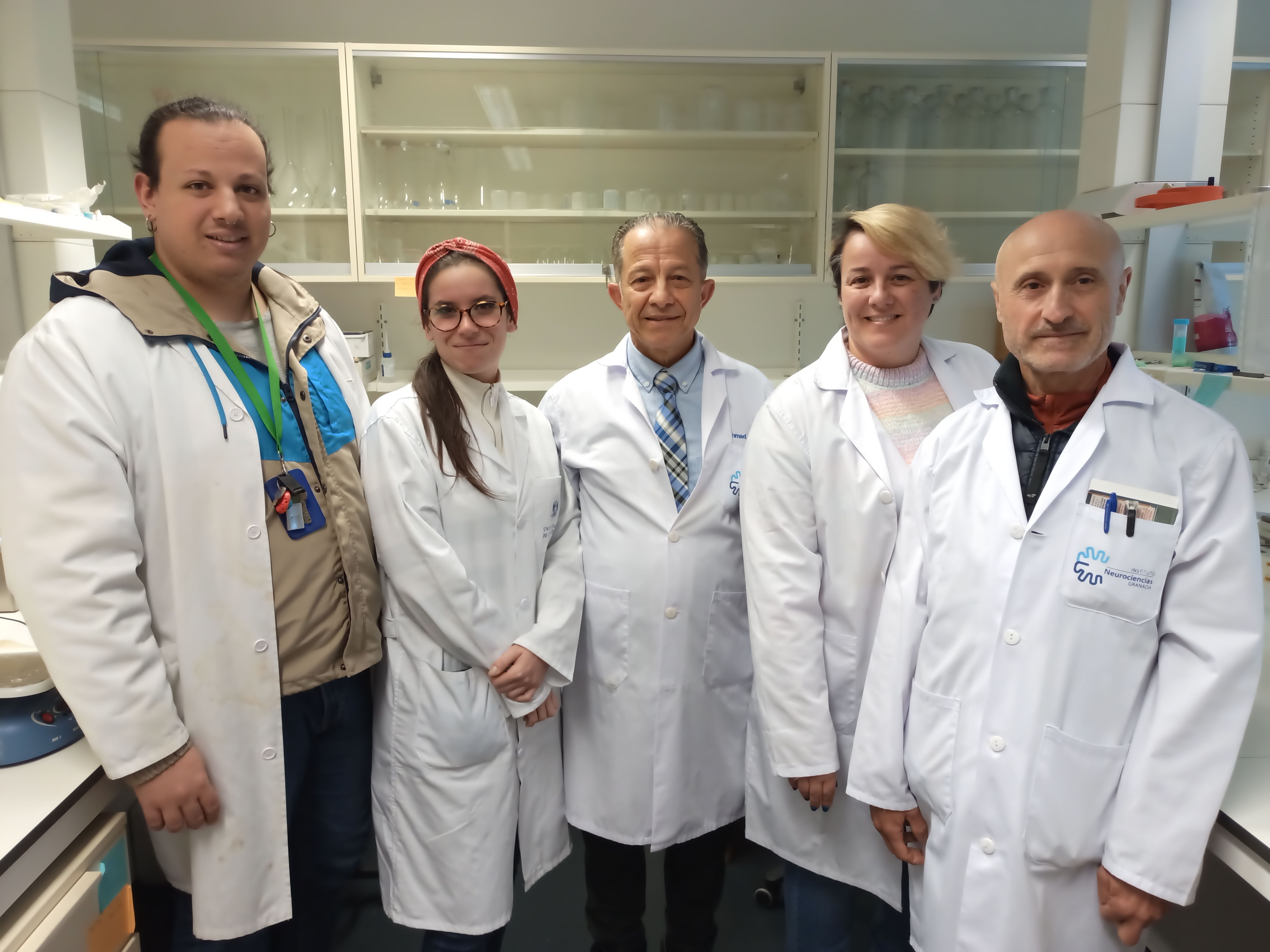
- Researchers from the University of Granada have found that, contrary to other studies to date, there is no link between physical activity and better functioning of brown adipose tissue (BAT). BAT is a thermogenic organ that burns glucose and fats, releasing the energy that is produced in the form of heat
- While physical activity is one of the primary interventions recommended in the prevention of chronic diseases such as obesity and type 2 diabetes, other mechanisms beyond an increase in the volume and activity of BAT could be mediating its beneficial metabolic effects
A study conducted by researchers from the University of Granada (UGR) has found that, in contrast to scientific thinking to date, higher levels of physical activity are not linked to a greater volume or activity of brown adipose tissue (BAT). BAT is a thermogenic organ that burns glucose and fats, releasing the energy that is produced in the form of heat.
When BAT is activated, it consumes glucose and lipids, partially preventing them from being stored in other tissues, such as white adipose tissue (or common fat), which is located, for example, around the abdomen.
Over the last decade, several studies have unequivocally confirmed the presence of BAT in human adults. BAT is a thermogenic organ equipped to dissipate energy in the form of heat through the so-called “uncoupling protein”. Therefore, it has been postulated that generating a greater volume of BAT, and increasing its activity, could be a potential strategy for combatting obesity and associated comorbidities, such as type 2 diabetes.
Researchers have tended to channel their efforts into identifying strategies to help improve BAT function safely over the long term. On this premise, previous studies have suggested that raising levels of physical activity could be an effective strategy for increasing the volume and activity of BAT. However, the data from extant studies conducted on humans are both scarce and contradictory.
In this new study, published in the Journal of Clinical Endocrinology and Metabolism, the UGR scientists investigate, for the first time, the link between objectively-measured levels of physical activity and the quantity and activity of BAT. The latter are measured by means of proton-emission tomography combined with computed tomography (using a radiopharmaceutical known as 18F-Fluorodeoxyglucose). This study was performed on a sample of sedentary young adults, whose BAT was measured (the largest cohort of its kind to date). The sample comprised 87 women and 43 men, with an average age of 22 years.
This study was part of the ACTIBATE (Activating Brown Adipose Tissue Through Exercise) project (http://profith.ugr.es/actibate), which was implemented by the University of Granada during 2014–2017. It was funded by Spain’s then-Ministry of Economy and Competitiveness, via the Health Research Fund of the Carlos III Institute of Health (PI13/01393).
No link identified
The authors of the article observed that there was no link between the levels of physical activity and the volume and activity of BAT, even after adjusting the analyses for covariables that could be influencing the results. Nor was the time spent being sedentary associated with the volume and activity of BAT, they noted. The authors concluded that, although physical activity is one of the main interventions recommended in the prevention of chronic diseases such as obesity and type 2 diabetes, other mechanisms beyond an increase in the volume and activity of BAT could be mediating its beneficial metabolic effects. These findings contradict the results of previous studies, and call into question the role of exercise in improving BAT function.
“Studies that analyse the effect of regular physical activity, from a molecular point of view, are necessary to help us understand the mechanisms that mediate the therapeutic effects of exercise in humans,” explains the main author of the work, Francisco Miguel Acosta Manzano, doctoral student in Biomedicine at the UGR’s International School for Postgraduate Studies (EIP), and member of the PROFITH-CTS977 research group (http://profith.ugr.es).
Bibliography:
Acosta FM, Martinez-Tellez B, Sanchez-Delgado G, Migueles JH, Contreras-Gomez MA, Martinez-Avila WD, Merchan-Ramirez E, Alcantara JMA, Amaro-Gahete FJ, Llamas-Elvira JM, Ruiz JR. Association of objectively measured physical activity with brown adipose tissue volume and activity in young adults. J Clin Endocrinol Metab, 2019, February 1; 104(2): 223–33

Media enquiries:
Francisco Miguel Acosta Manzano
Doctoral student, Biomedicine, International School for Postgraduate Studies (EIP),
Faculty of Sport Sciences, Department of Physical Education and Sports, University of Granada
Tel.: +34 858 98 70 12
Email: @email


